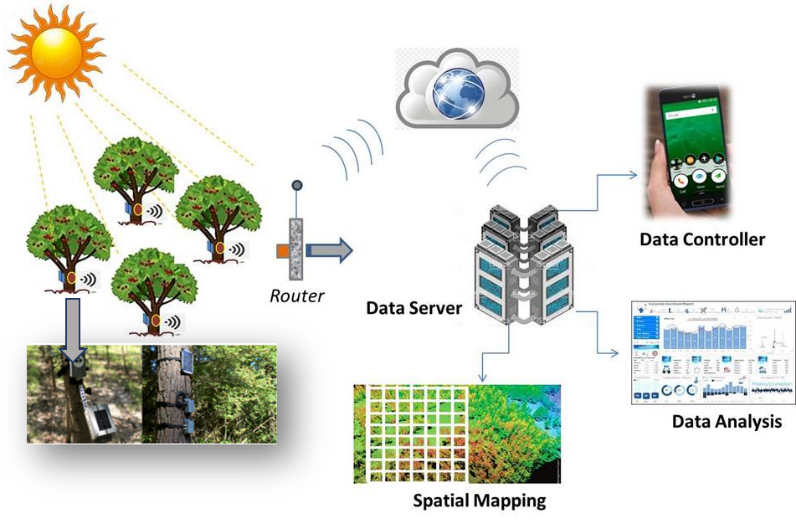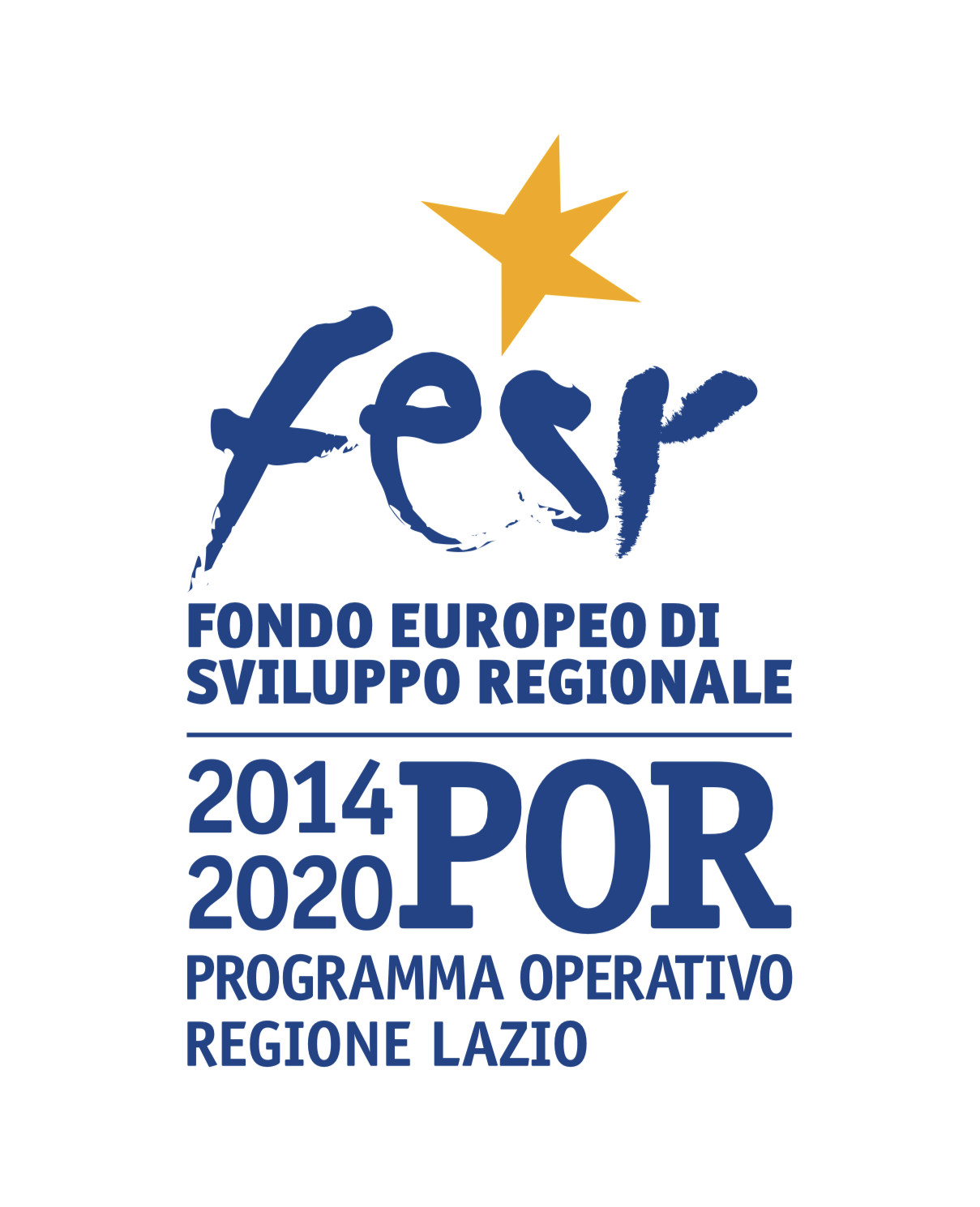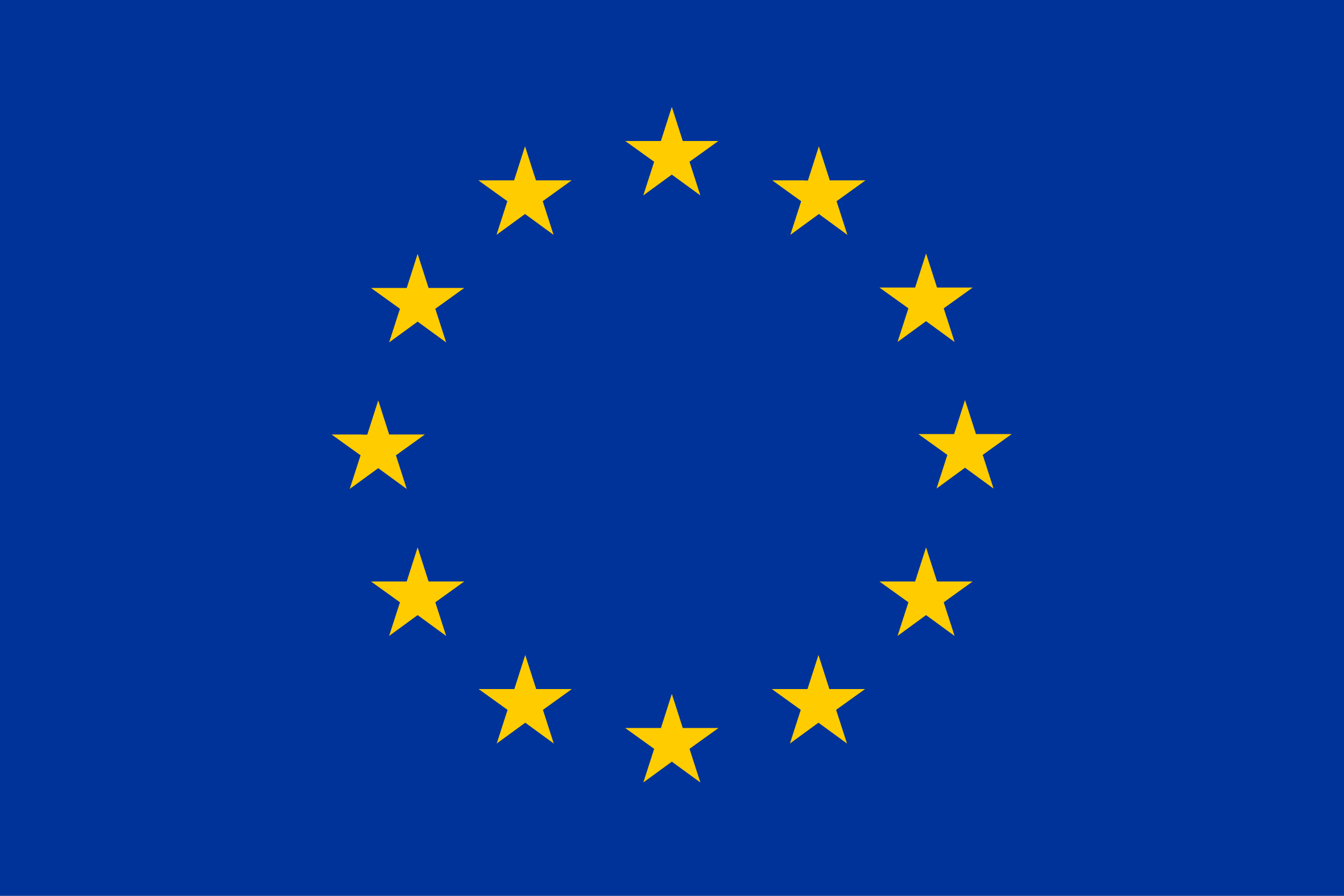
Abstract of the project
The essential elements of MOSSA are the integration between scientific excellence linked to technological innovation and sustainable management of farms, to improve the productivity and sustainability of crops and reduce their environmental impact, as well as to increase the quality of the final products.
MOSSA's goal is to create a monitoring network of areas cultivated with fruit trees based on multiparametric platforms (APAF), self-powered and interacting with each other, capable of monitoring the health status of plants of interest together with environmental and compound parameters. volatiles released by plants according to their vegetative state or stress conditions, and able to transmit this information to the final decision makers.
The distinctive feature of MOSSA is to use cutting-edge technologies such as IoT systems, microelectronics, nanomaterials, sensors and photonics with high efficiency and duration to increase autonomy and working time.




The installation of Reti-APAF in forests for productive use (chestnut groves, hazelnut groves, walnut groves) will allow them to be monitored while allowing the health of the entire forest ecosystem to be monitored (agro-forestry effects).
Since trees release volatile compounds (BVOCs) in response to particular physiological states or stressful conditions that may also play a role in air pollution as well as therapeutic effects on people, their monitoring by APAF can have significant utility in agriculture and other contexts. (agronomic, agro-forestry, environmental and human health effects).
There are currently no similar platforms dedicated to especially forest fruit trees. APAF will be organized in 3 Units, one dedicated to the measurement of arboreal physiological parameters (Unit-TREE), one to the measurement of environmental parameters and volatile biogenic markers (BVOCs) released by trees (Units-VOC) and one to the feeding of APAF ( POWER-unit). The acquired measurements will be sent to the APAF system control unit (microprocessor) (APAF-CPU) which will wirelessly transfer the data to a collection center (Cloud) for their sorting.
The technological innovations in MOSSA will also allow the creation of monitoring systems at a lower cost than those existing on the market, thus reducing costs for the end user (farmers), in addition to the benefits due to greater efficiency of the agricultural production system. .
These innovations will allow to return to the final user (farmer / decision maker but also researcher) not only a 3D mapping of the examined area, but also and above all its ecosystem image.
The technological innovation in the MOSSA VOC-Unit will essentially be based on the creation of specific and sensitive nanostructured sensors to the point of being able to detect certain BVOCs in the atmosphere.
The specific objective of MOSSA is to create a low-cost, electrically self-powered multisensory and multiparametric platform that measures some eco-physiological parameters of plants of interest as well as environmental parameters and volatile compounds (VOCs) agronomically useful, then transmitting the data to end users. Such
platform, here defined as "talking trees in agricultural and forestry systems" (APAF), once replicated in several specimens networked together (Network-APAF) (IoT technology), will improve the monitoring of fruit trees (orchards), offering an understanding of their state of health in real time, and allowing decision makers (farmers) to take rapid and adequate actions (agronomic effects), based on the principles of Precision Agriculture (AdP).
University of Tuscia (UNITUS) - Department for Innovation in Biological, Agri-food and Forestry Systems (DIBAF)
National Research Council (CNR) with the Institute on Atmospheric Pollution (IIA)
University of Tor Vergata (UNITV) - Department of Electronic Engineering (IE).

